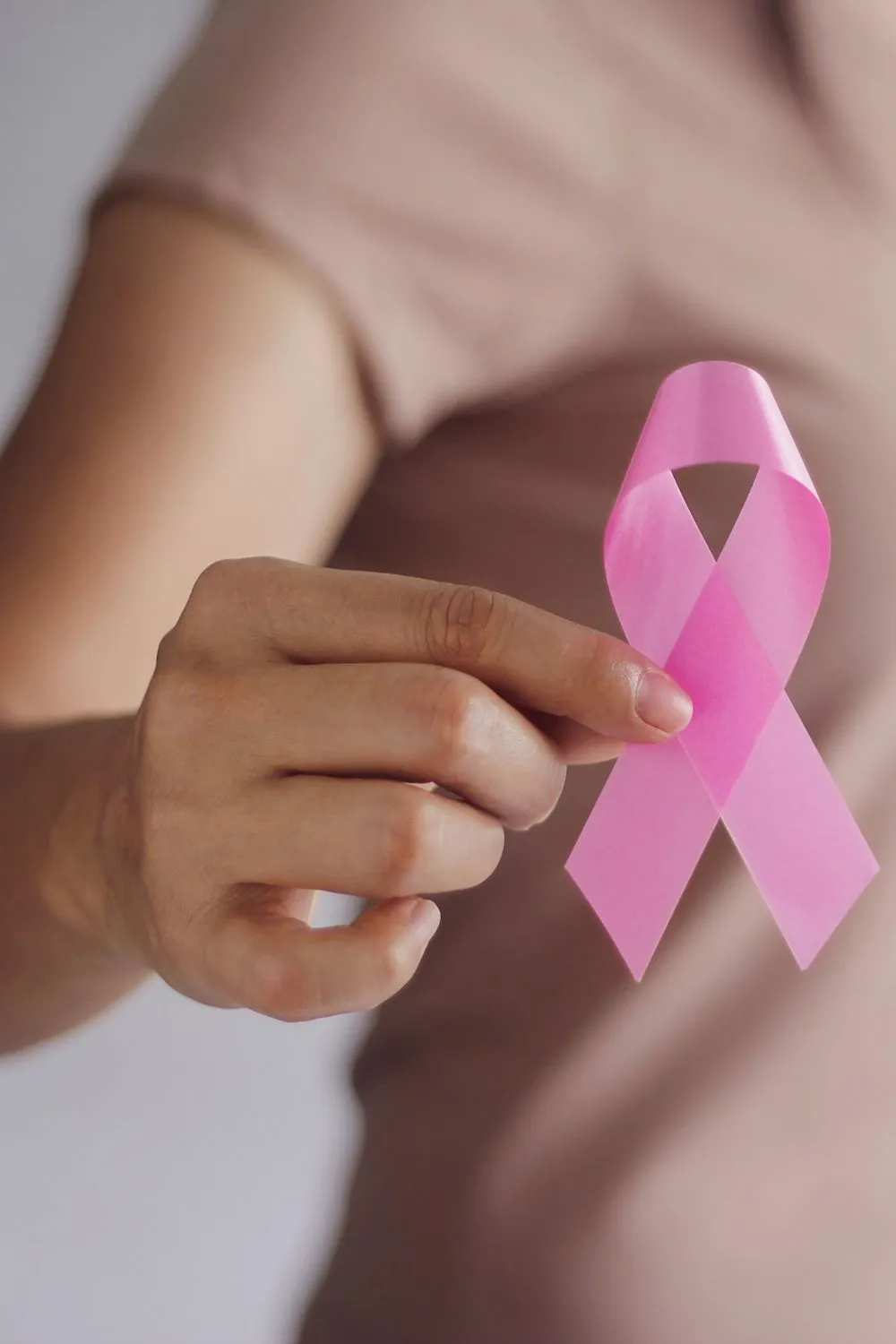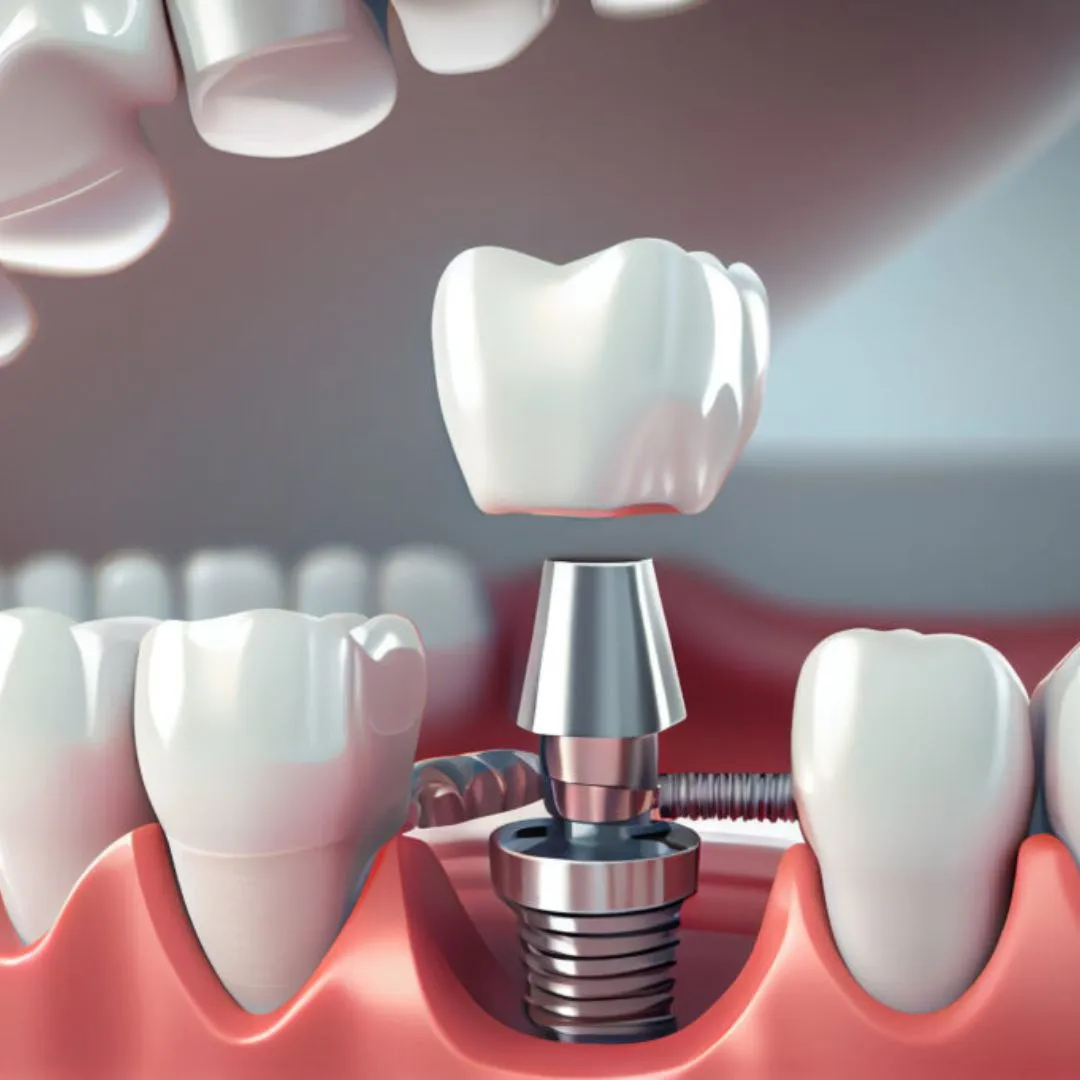Early Breast Cancer Signs: Understanding Subtle Symptoms That Are Often Missed
Breast cancer affects millions of women worldwide, and early detection remains one of the most crucial factors in successful treatment outcomes. While many people are familiar with the classic signs like lumps or masses, the earliest indicators of breast cancer can be surprisingly subtle and often go unnoticed during routine self-examinations.
The challenge lies in recognizing that breast cancer doesn't always announce itself with obvious symptoms. Many early-stage cancers present with changes that might seem minor or unrelated to cancer, leading to delayed diagnosis and treatment. Understanding these subtle signs can empower individuals to seek medical attention sooner, potentially improving their prognosis significantly.
The Most Commonly Overlooked Early Warning Signs
Skin Changes and Texture Alterations
One of the most frequently missed early indicators involves changes to the skin of the breast or nipple area. These changes can be so gradual that they become part of what seems like normal variation. Dimpling or puckering of the skin, often described as having an "orange peel" texture, can indicate underlying tissue changes that warrant investigation.
Redness or warmth in the breast tissue, particularly when it persists for more than a few days, should not be dismissed as a simple skin irritation. These symptoms can indicate inflammatory breast cancer, a rare but aggressive form that requires immediate attention. The skin may also become thicker or develop an unusual texture that feels different from the surrounding area.
Nipple Changes That Raise Concerns
Changes to the nipple and areola complex often develop gradually, making them easy to overlook. Nipple retraction or inversion, especially when it occurs suddenly in a previously normal nipple, can signal underlying tissue changes. This is particularly concerning when it affects only one breast or when the inversion becomes more pronounced over time.
Discharge from the nipple, especially when it's bloody, clear, or occurs without squeezing, deserves medical evaluation. While many types of nipple discharge are benign, persistent or spontaneous discharge from one breast should be examined by a healthcare professional. The discharge may be minimal and intermittent, making it easy to dismiss as insignificant.
Subtle Changes in Breast Size or Shape
Breast asymmetry is normal for most women, but new or increasing asymmetry can indicate underlying changes. This might manifest as one breast appearing larger, smaller, or positioned differently than before. These changes can be so gradual that they're only noticed when comparing current photos to older ones or when clothing fits differently.
Swelling in part of the breast, even without a detectable lump, can be an early sign of cancer. This swelling might be localized to a specific area or affect the entire breast. It's important to note that hormonal changes can cause temporary swelling, but persistent or progressive swelling warrants medical attention.
Understanding the Sensation Changes
Pain and Discomfort Patterns
While breast cancer is often described as painless, many early cases do involve discomfort that's easily attributed to other causes. Persistent pain in one specific area of the breast, especially when it's not related to the menstrual cycle, can be an early warning sign. This pain might be described as a dull ache, burning sensation, or tenderness that doesn't resolve with typical pain relief measures.
The pain associated with early breast cancer is often different from the cyclical breast tenderness that many women experience. It tends to be more localized, persistent, and may not respond to hormonal fluctuations. Some women describe it as a deep, aching sensation that seems to come from within the breast tissue rather than surface discomfort.
Changes in Breast Density or Texture
Increased firmness or thickening in part of the breast can indicate developing cancer, even before a distinct lump forms. This change might feel like an area of the breast has become denser or more solid compared to the surrounding tissue. The texture change can be subtle and may only be noticeable during careful self-examination.
Some women notice that an area of their breast feels different when they lie down or move in certain positions. This change in how the breast tissue responds to movement or pressure can be an early indicator of underlying changes that deserve medical evaluation.
The Role of Lymph Node Changes
Armpit and Surrounding Area Symptoms
Swelling or tenderness in the lymph nodes under the arm, above the collarbone, or around the collarbone area can be among the earliest signs of breast cancer spread. These lymph nodes may feel enlarged, firm, or tender to the touch. Sometimes, the swelling is noticeable before any breast changes are detected.
The lymph nodes might not be obviously enlarged but could feel different in texture or firmness. Some women notice that the area under their arm feels tight or uncomfortable, especially when raising their arms or wearing certain clothing. This discomfort might be intermittent initially but tends to become more persistent as the condition progresses.
Recognizing Systemic Signs
While less common in early stages, some women experience subtle systemic symptoms that might be related to breast cancer. Unexplained fatigue that doesn't improve with rest, especially when combined with other symptoms, can be an early indicator. This fatigue is often described as different from normal tiredness and may interfere with daily activities.
Changes in appetite or unexplained weight loss, while more commonly associated with advanced cancer, can occasionally occur in earlier stages. These symptoms are often subtle and may be attributed to stress, lifestyle changes, or other health conditions, making them easy to overlook in the context of breast cancer screening.
The Importance of Baseline Knowledge
Understanding Your Normal
The key to recognizing early breast cancer signs lies in understanding what's normal for your individual body. Breast tissue naturally changes throughout the menstrual cycle, with age, and due to various factors like weight fluctuations, medications, and hormonal changes. Establishing a baseline understanding of your normal breast characteristics makes it easier to identify when something has changed.
Regular self-examination should focus on becoming familiar with the normal texture, size, and feel of your breasts rather than searching for specific abnormalities. This familiarity allows you to notice subtle changes that might otherwise go undetected. Many women find it helpful to perform self-examinations at the same time each month, preferably a few days after their menstrual period when breasts are least likely to be swollen or tender.
Documenting Changes Over Time
Keeping a simple record of any changes you notice can be valuable for both personal monitoring and medical consultations. This doesn't need to be elaborate – noting dates when you observe changes, their characteristics, and any associated symptoms can provide important information for healthcare providers.
Photography can be a useful tool for documenting visible changes, particularly for skin changes, nipple appearance, or breast shape alterations. While this might feel uncomfortable initially, these records can provide objective evidence of changes that might be difficult to describe or remember during medical appointments.
When to Seek Medical Attention
Red Flag Symptoms
Certain symptoms should prompt immediate medical evaluation, even if they seem minor. Any new lump or thickening in the breast or underarm area, regardless of size, warrants professional assessment. Changes in the size or shape of the breast, particularly when they affect only one side, should be evaluated promptly.
Persistent skin changes, including dimpling, puckering, or inflammatory symptoms like redness and warmth, require medical attention. Nipple changes such as retraction, discharge, or scaling of the nipple or areola should be examined by a healthcare professional. These symptoms may have benign explanations, but only proper medical evaluation can determine their significance.
The Importance of Professional Evaluation
Healthcare providers have specialized training and tools to evaluate breast changes that might not be apparent during self-examination. Clinical breast examinations can detect subtle changes in tissue texture, lymph node status, and other factors that are difficult to assess independently. Regular professional examinations complement self-examination and screening mammography in comprehensive breast health monitoring.
Advanced imaging techniques, including mammography, ultrasound, and MRI, can detect changes that are not palpable during physical examination. These tools are particularly valuable for identifying early-stage cancers that might not yet cause obvious symptoms. The combination of self-awareness, professional examination, and appropriate imaging provides the most comprehensive approach to early breast cancer detection.
Risk Factors and Prevention Strategies
Understanding Personal Risk
While anyone can develop breast cancer, certain factors increase the likelihood of developing the disease. Age is the most significant risk factor, with the majority of breast cancers occurring in women over 50. However, younger women can also develop breast cancer, making awareness important across all age groups.
Family history of breast or ovarian cancer, particularly in first-degree relatives, increases risk significantly. Genetic mutations such as BRCA1 and BRCA2 substantially elevate cancer risk and may warrant enhanced screening protocols. Personal history of breast cancer, certain benign breast conditions, and exposure to radiation treatments also contribute to increased risk.
Lifestyle Factors and Risk Reduction
While some risk factors cannot be changed, lifestyle modifications can help reduce overall breast cancer risk. Maintaining a healthy weight, engaging in regular physical activity, and limiting alcohol consumption are associated with lower breast cancer risk. These lifestyle factors become increasingly important as women age and other risk factors accumulate.
Breastfeeding, when possible, provides protective benefits against breast cancer. The longer the duration of breastfeeding, the greater the protective effect. Limiting hormone replacement therapy use and being aware of the potential risks associated with certain hormonal medications can also contribute to risk reduction strategies.
The Role of Screening and Early Detection
Mammography and Advanced Screening
Regular mammography remains the gold standard for breast cancer screening in average-risk women. Current guidelines recommend annual or biennial mammograms beginning at age 40 or 50, depending on individual risk factors and professional recommendations. Mammography can detect cancers before they become palpable, often identifying tumors when they're small and more treatable.
For women at higher risk, additional screening methods may be recommended. Breast MRI is often suggested for women with genetic mutations or strong family histories of breast cancer. These enhanced screening protocols can detect cancers earlier than standard mammography alone, particularly in women with dense breast tissue or elevated genetic risk.
The Future of Early Detection
Emerging technologies continue to improve early breast cancer detection capabilities. Digital mammography, tomosynthesis (3D mammography), and artificial intelligence applications are enhancing the ability to identify subtle changes that might indicate early cancer. These advances promise to make screening more accurate and accessible while reducing false positive rates.
Research into biomarkers, genetic testing, and other innovative approaches to risk assessment and early detection continues to evolve. These developments may eventually provide more personalized screening approaches based on individual risk profiles and genetic characteristics, potentially improving early detection rates while minimizing unnecessary interventions.
Moving Forward with Awareness
Understanding the subtle signs of early breast cancer empowers individuals to be active participants in their health monitoring. While the prospect of cancer can be frightening, knowledge and awareness provide the tools necessary for early detection and optimal outcomes. The key lies in balancing vigilance with the understanding that most breast changes are benign and treatable.
Regular self-examination, professional healthcare, and appropriate screening create a comprehensive approach to breast health. By understanding what to look for and when to seek help, individuals can take proactive steps toward maintaining their health and catching potential problems early when treatment options are most effective.
Remember that early detection of breast cancer significantly improves treatment outcomes and survival rates. While the signs may be subtle and easy to miss, staying informed and maintaining open communication with healthcare providers creates the best opportunity for early identification and successful treatment of any breast health concerns.











